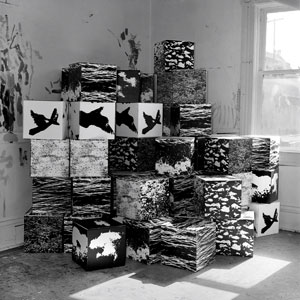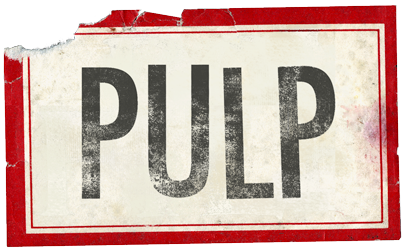Additional Details:
 In December of 1969, Intermedia with the support of the Vancouver Art Gallery, established an art/industry partnership with several of the main players in British Columbia’s booming pulp and paper-products industry whose head offices were in Vancouver. During these post-Expo67 years in Canada there was a surprising amount of public enthusiasm for the experimental and the avant-garde especially if it was considered youth based. Being seen as supportive of local cultural initiatives gave these industry giants significant caché in eyes of the public. I recall how proposals in hand we went for meetings in board rooms in tall office buildings where regardless how strange and unconventional our ideas may have seemed to them, the suit and tie executives listened with interest and were supportive in providing materials for our projects.
In December of 1969, Intermedia with the support of the Vancouver Art Gallery, established an art/industry partnership with several of the main players in British Columbia’s booming pulp and paper-products industry whose head offices were in Vancouver. During these post-Expo67 years in Canada there was a surprising amount of public enthusiasm for the experimental and the avant-garde especially if it was considered youth based. Being seen as supportive of local cultural initiatives gave these industry giants significant caché in eyes of the public. I recall how proposals in hand we went for meetings in board rooms in tall office buildings where regardless how strange and unconventional our ideas may have seemed to them, the suit and tie executives listened with interest and were supportive in providing materials for our projects.
In 1969 I began using corrugated cardboard as a substrate in photographic constructions I was making for gallery installation one example being Room With Cut-outs for the 1969 Electrical Connection exhibition at the Vancouver Art Gallery. By laminating 6 sheets of corrugated cardboard I was able to produce large support panels, which were light weight, strong, easily modified dimensionally to suit requirements and portable.
Around the same time I was collaborating as a documentarian with artist/sculptor Bob “Box” Arnold and artist film maker Gary Lee-Nova making a photographic record of their box-work series of public interventions. Witnessing these box projects I began to consider using cardboard box modules in several planned three-dimensional photographic works. It was around that time that Peter C Bunell the curator of photography in The Museum of Modern Art in New York City showed up in Vancouver. Peter was producing an exhibition entitled Photography into Sculpture. He had heard of my Intermedia photographic installations and asked me along with several other Vancouver artists to make a proposal for his upcoming show.
For the MOMA exhibition I proposed and produced a screen printed series of four different 12” square corrugated cardboard “butter boxes” (a standard container in the packaging industry). Each box was printed on six sides with high-contrast Black and white images drawn from west coast nature: waves; birds; clouds; and rocks. The boxes were intended, like child’s building blocks, to be combined randomly. So that in each gallery/venue their installation was left to the discretion of the gallery custodians to assemble, stack and in effect create the sculpture in a manner reminiscent of a warehouse delivery.
silk-screened box, untitled was initially exhibited in two entirely different yet complimentary contexts:
First in an exhibition context at the N.Y. Museum of Modern Art as part of the Photography into Sculpture exhibition which subsequently traveled to galleries across the United States and Canada. The second in a media context as a commissioned artwork for the June, 1970 cover of artscanada magazine. In this instance I had one hundred boxes brought to 12 locations most being within the framework of industry and transportation to be photographed in random stacks at each site. Photographer Eberhart Otto’s proof sheet became the artwork for the magazine’s cover.
Corrugated cardboard being what it is, none of the boxes from this 1970 printing exist today.
In retrospect, I can see that the genesis of silk-screened box, untitled was ongoing, a process. It began in my interactions with Intermedia colleagues, continued through collaborations between myself and the paper-products industry which supplied the materials and manufacturing and then between myself, the museum personnel and the magazine photographer as I relinquished artistic control over the boxes’ arrangement. Observing this evolution and subsequent resolution of my silk-screened box, untitled project from an idea to a dynamic evolving artwork has been particularly meaningful to me and in many ways has set the tone for my subsequent process oriented art working style.
